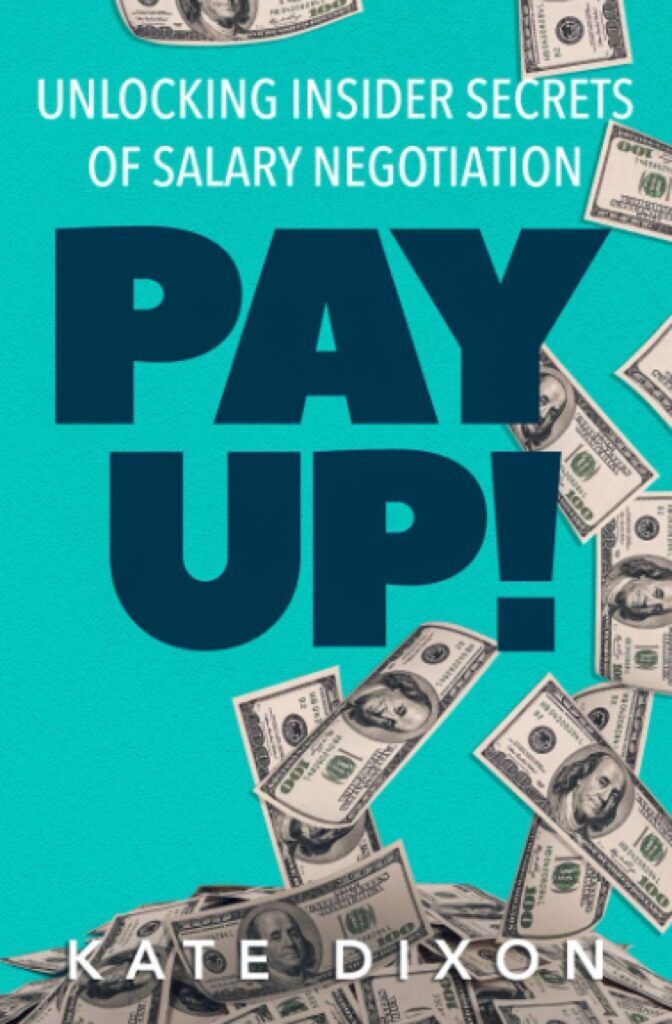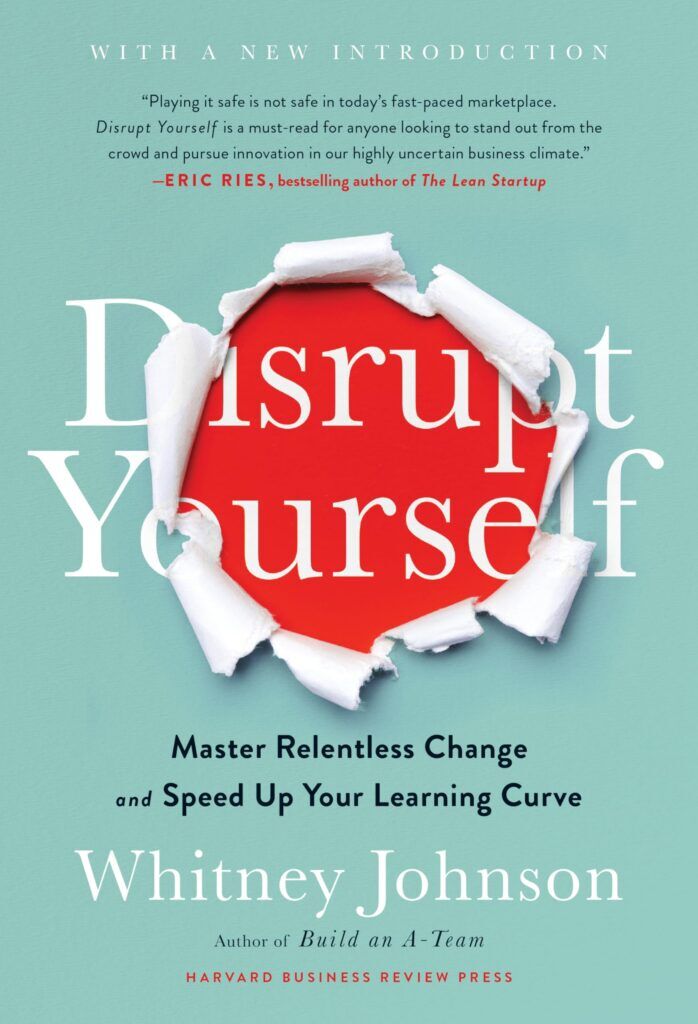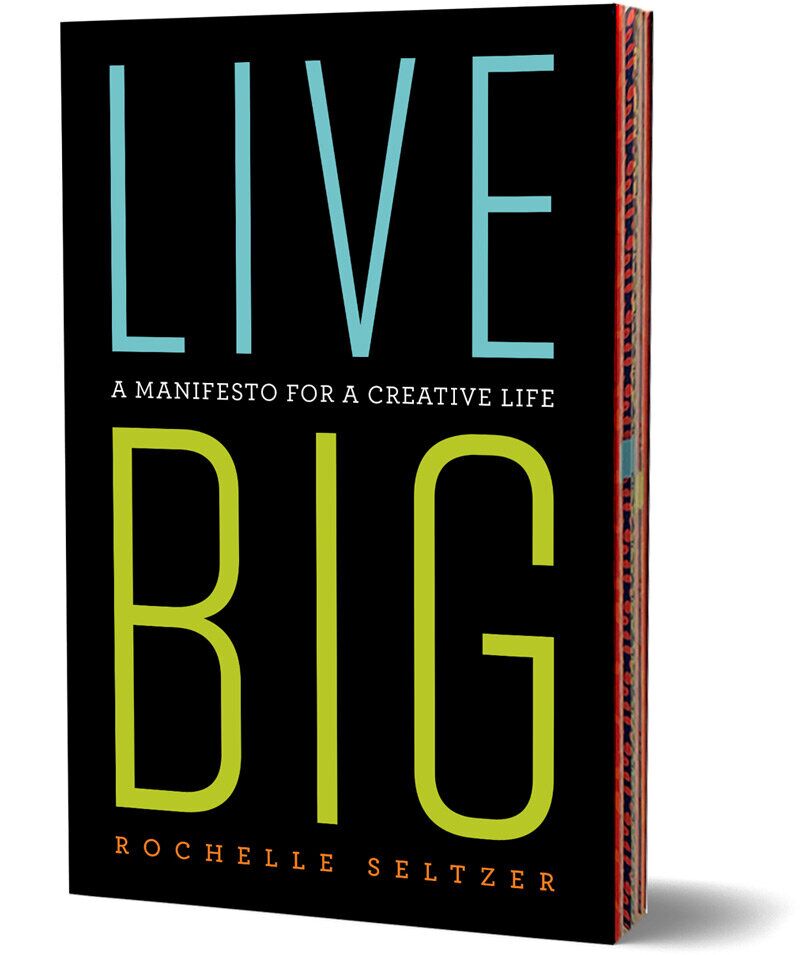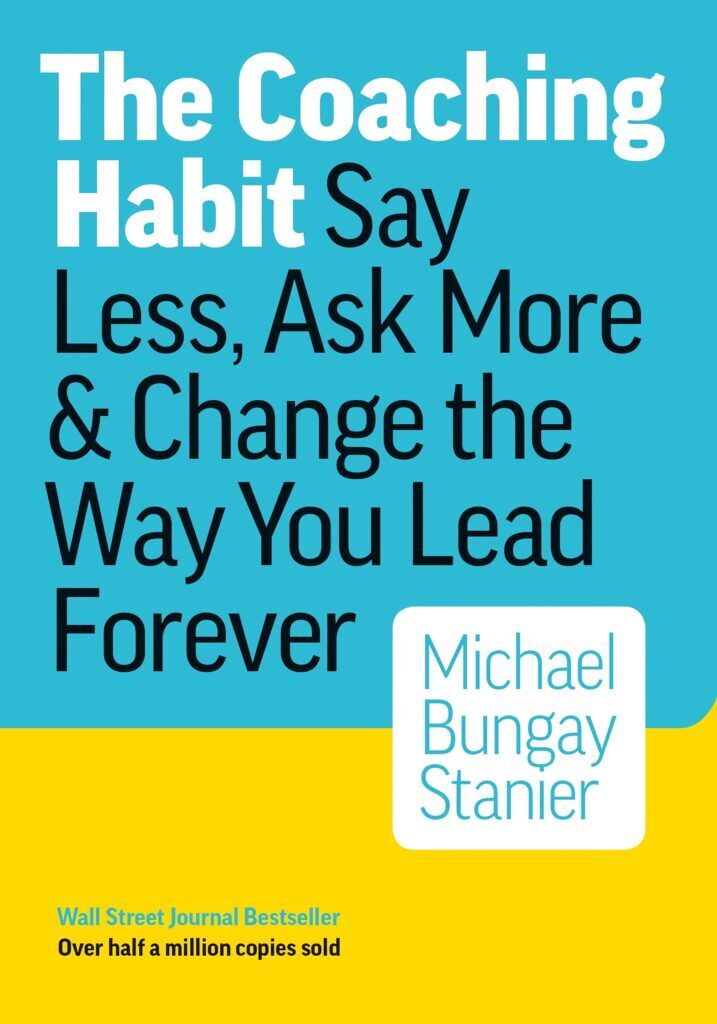
GUEST POST from Robyn Bolton
When times get tough, the first things most companies cut are the “luxuries.” That includes their innovation teams. But as companies dismantle their labs, teams, and other structures, a crucial question emerges: Who’s working on growth?
Cutting innovation teams doesn’t just cut a branch off the org chart, it eliminates capabilities that are fundamental to sustaining and growing a business and culture.
So why throw the baby out with the bathwater? Here’s a scenario that might sound familiar: Your innovation team created something brilliant. The prototype works, early users love it, and the business case is solid. But six months later, its gathering dust because no one in the core business knew how to – or wanted to – take it forward.
This isn’t a failure of innovation. It’s a failure of integration.
Wait, I thought integrating innovation with the core business was bad
The traditional innovation team structure – a separate unit with its own space, processes, and culture – solved one problem but created another.
As innovation teams were given the freedom to think differently, they were also given shiny, new, fun, and amenity filled spaces cordoned off from everyone else. Meanwhile, “everyone else” was stuck in their usual offices and doing the usual things that keep the business running and, apparently, fund the innovation team’s luxe life.
The resulting Us vs. Them mentality fueled resentment that made it easy for “everyone else” to stonewall the innovation team’s efforts by pointing out flaws, uncertainties, and risks.
To be fair, they weren’t doing this to be mean – they were protecting the business. The innovators, meanwhile, grew frustrated, sought help from higher-ups who were happy to help until times got tough and cuts had to be made.
So, one team should work on both innovation and the core business?
Just like we need multiple words to describe the what and why of innovation, we need different operating models that embed innovation capabilities across the organization while protecting the space for them to flourish.
Here’s what it looks like:
- For Core Improvements: Let your operational teams lead. They know the problems best, but give them innovation tools and methods. Think of it as equipping your existing workforce with new superpowers, not replacing them with superheroes.
- For Adjacent Expansions: Create hybrid teams that mix operational experience with innovation expertise. When expanding into new markets or launching new products, you need both the innovative mindset and the operational know-how. Neither alone is sufficient.
- For Radical Reinvention: You still need dedicated teams – but not isolated ones. Their job is to create offerings that reinvent the company and the culture that enables everyone to be part of the reinvention. Establish bridges that connect them with business units and enforce quarterly meetings to share progress, insights, and tools.
This isn’t theory.
Companies like Amazon have been doing this for years with their “working backwards” innovation process that’s used by all teams, not just a special innovation unit. When I worked at P&G, the brand teams worked on core improvements, the New Business Development teams (where I worked) physically sat next to the brand teams and worked on Adjacent expansion, and the radical reinvention teams were co-located with R&D at the technical centers.
Put it into practice
Here’s where to start:
- Map your innovation portfolio to understand what types of innovation you need to hit your goals
- Match your team structures to your innovation types
- Start embedding innovation capabilities across the organization
- Create clear paths for innovations to move from idea to implementation
The transition isn’t easy. It requires rethinking roles and reimagining how innovation happens in your organization. But the alternative – watching your innovation investments evaporate because they can’t cross the bridge back to the core business – is far more painful.
What’s your experience? Drop your stories and strategies in the comments. Let’s figure this out together.
Image credit: Pexels
![]() Sign up here to join 17,000+ leaders getting Human-Centered Change & Innovation Weekly delivered to their inbox every week.
Sign up here to join 17,000+ leaders getting Human-Centered Change & Innovation Weekly delivered to their inbox every week.













